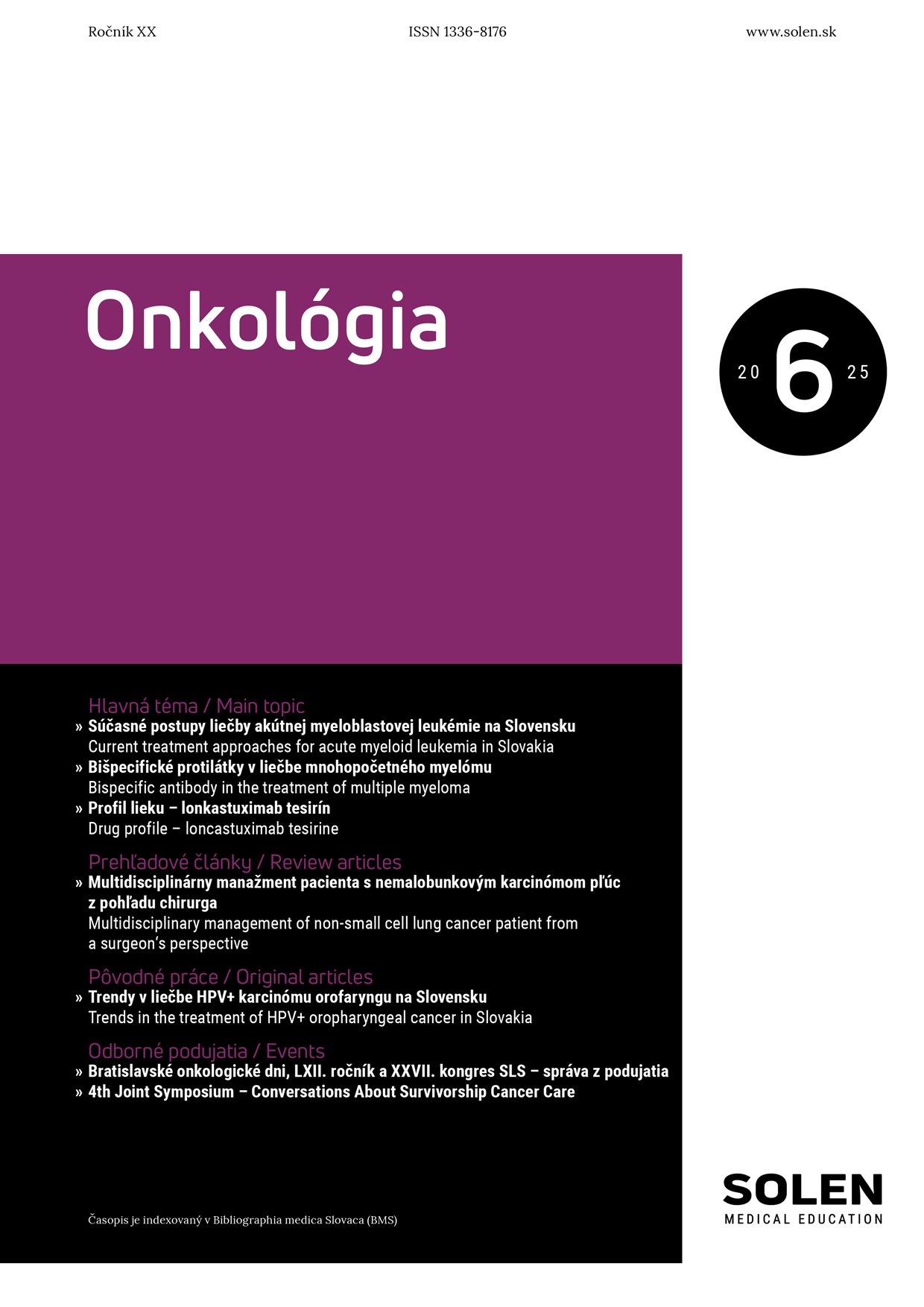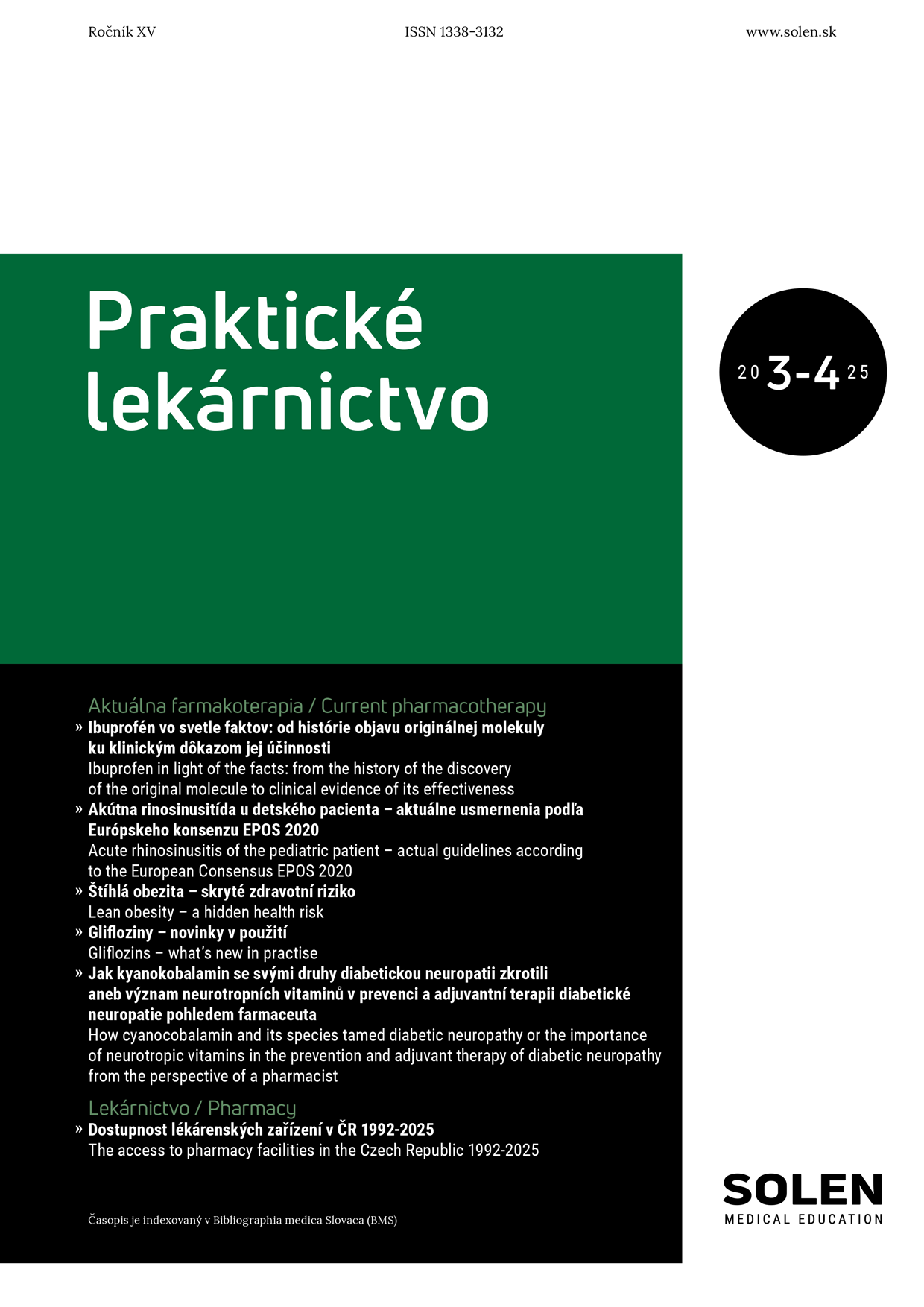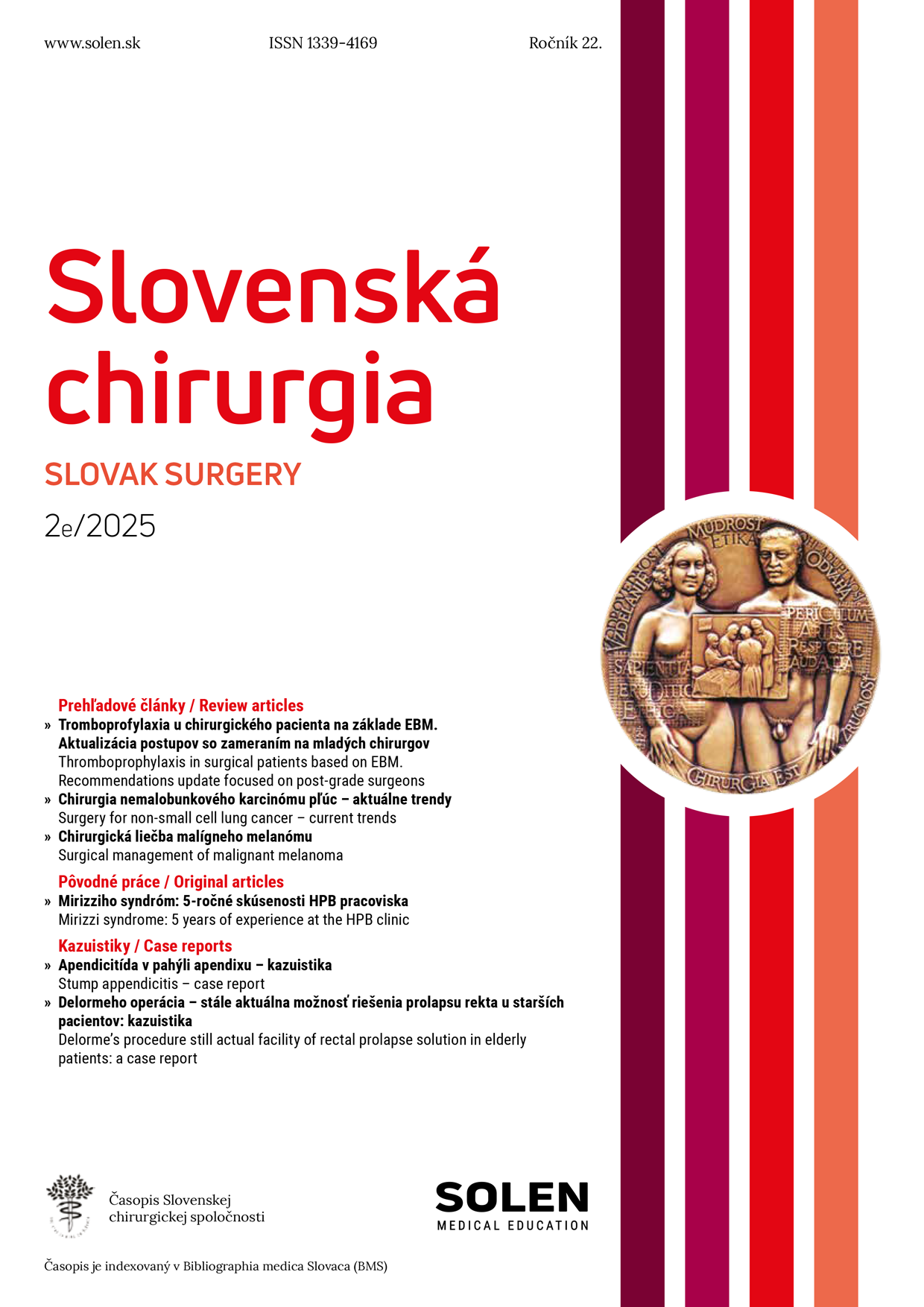Neurológia pre prax 5/2020
Vyšetření pacienta s neuropatickou bolestí v neurologické ambulanci
doc. MUDr. Eva Vlčková, Ph.D., prof. MUDr. Josef Bednařík, CSc.
Bolest je jedním z nejčastějších klinických symptomů a podle recentních epidemiologických dat postihuje více než třetinu neurologických pacientů, u kterých se může jednat o bolest neuropatickou ale i nociceptivní. Jejich odlišení je důležité m.j. s ohledem na různou terapii. Základním krokem diagnostického procesu u pacienta s bolestí je anamnéza cílená na přítomnost léze nebo onemocnění nervového systému a výskyt bolesti v neuroanatomicky plauzibilní distribuci a dále na charakter a intenzitu bolesti a okolnosti bolest provokující nebo naopak zmírňující. Následuje klinické neurologické vyšetření, zaměřené především na průkaz poruch citlivosti v oblasti bolesti. Posledním krokem je průkaz postižení somatosenzitivního nervového systému pomocí zobrazovacích, elektrofyziologických, neuropatologických případně genetických metod. U pacientů s neuropatickou bolestí lze na základě těchto postupných kroků stanovit diagnózu na úrovni možné, pravděpodobné nebo jisté (potvrzené).
Kľúčové slová: bolest, neuropatická bolest, anamnéza, dotazník, vyšetření senzitivity
Evaluating a patient with neuropathic pain in a neurological outpatient practic
Pain represents one of the most frequent clinical symptoms. According to the recent epidemiological studies, most of one third of neurological patients suffer from pain. Both the neuropathic and/or nociceptive pain may occure in neurological patients and their differentiation is highly important (among others due to their different treatment). The diagnostic process in pain patient consists from several steps. The first one is based on the data from medical history and is focused on history of relevant neurological lesion or disease and presence of pain in neuroanatomically plausile distribution, and also on the pain character and intensity and pain-worsening or relieving factors. Clinical neurological examination confirming the presence of sensory signs in the distribution of pain represents the second step. Finally, the third step is based on the confirmation of the lesion/disease of somatosensory nervous system using imaging, electrophysiological, neuropathological or genetic tests. In neuropathic pain patients, these steps allow the stratification into possible, probable, and definite diagnosis.
Keywords: pain, neuropathic pain, medical history, questionnaire, sensory examination

















